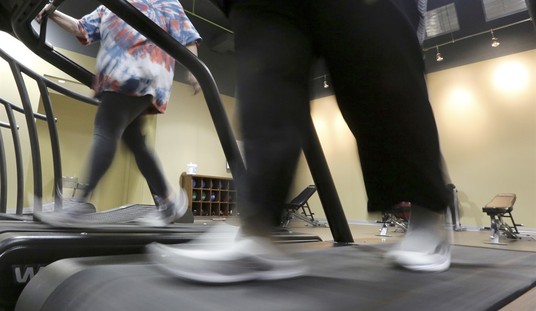The White House lauded a Congressional Budget Office report on the proposed minimum wage hike to $10.10 per hour while brushing off one key finding: that such a bill could cost half a million jobs, and maybe more.
“The new Congressional Budget Office (CBO) report finds that 16.5 million workers would get a raise from increasing the minimum wage to $10.10 per hour and this would help millions of hard-working families, reduce poverty, and increase the overall wages going to lower-income households,” Jason Furman, chairman of the Council of Economic Advisers, and Betsey Stevenson, Council of Economic Advisers member, wrote in a White House blog post this afternoon.
“On employment, CBO’s central estimate is that raising the minimum wage to $10.10 per hour would lead to a 0.3 percent decrease in employment and CBO acknowledges that the employment impact could be essentially zero,” they continued. “But even these estimates do not reflect the overall consensus view of economists which is that raising the minimum wage has little or no negative effect on employment. For example, seven Nobel Prize winners and more than 600 other economists recently stated that: ‘In recent years there have been important developments in the academic literature on the effect of increases in the minimum wage on employment, with the weight of evidence now showing that increases in the minimum wage have had little or no negative effect on the employment of minimum-wage workers, even during times of weakness in the labor market.'”
The CBO report says that “once fully implemented in the second half of 2016, the $10.10 option would reduce total employment by about 500,000 workers, or 0.3 percent, CBO projects.”
“As with any such estimates, however, the actual losses could be smaller or larger; in CBO’s assessment, there is about a two-thirds chance that the effect would be in the range between a very slight reduction in employment and a reduction in employment of 1.0 million workers,” the report adds.
The report also found that the maximum impact from a minimum wage hike would not be felt by families below the poverty line.
“The increased earnings for low-wage workers resulting from the higher minimum wage would total $31 billion, by CBO’s estimate. However, those earnings would not go only to low-income families, because many low-wage workers are not members of low-income families. Just 19 percent of the $31 billion would accrue to families with earnings below the poverty threshold, whereas 29 percent would accrue to families earning more than three times the poverty threshold, CBO estimates,” the report states.
“Once the increases and decreases in income for all workers are taken into account, overall real income would rise by $2 billion. Real income would increase, on net, by $5 billion for families whose income will be below the poverty threshold under current law, boosting their average family income by about 3 percent and moving about 900,000 people, on net, above the poverty threshold (out of the roughly 45 million people who are projected to be below that threshold under current law).”
“Opponents claim raising the minimum wage won’t reduce poverty, but that is not the case, as many American who work full time are unable to make ends meet. This finding echoes the broad consensus of academic studies on the topic, which is nearly unanimous in finding that increases in the minimum wage reduce poverty,” Furman and Stevenson wrote for the White House.
“Overall the logic for the finding that raising the minimum wage does not result in large adverse impacts on employment is that paying workers a better wage can improve productivity and thereby reduce unit labor costs. These adjustments, along with others that firms can make, help explain why the increase in the minimum wage need not lead to a reduction in employment. Higher wages lead to lower turnover, reducing the amount employers must spend recruiting and training new employees. Paying workers more can also improve motivation, morale, focus, and health, all of which can make workers more productive. In addition, by reducing absenteeism, higher wages can increase the productivity of coworkers who depend on each other or work in teams. In addition, businesses can adjust in other ways rather than reducing employment (for example, by accepting lower profit margins). CBO’s estimates do not appear to fully reflect the increased emphasis on all of these factors from the recent economics literature.”









Join the conversation as a VIP Member